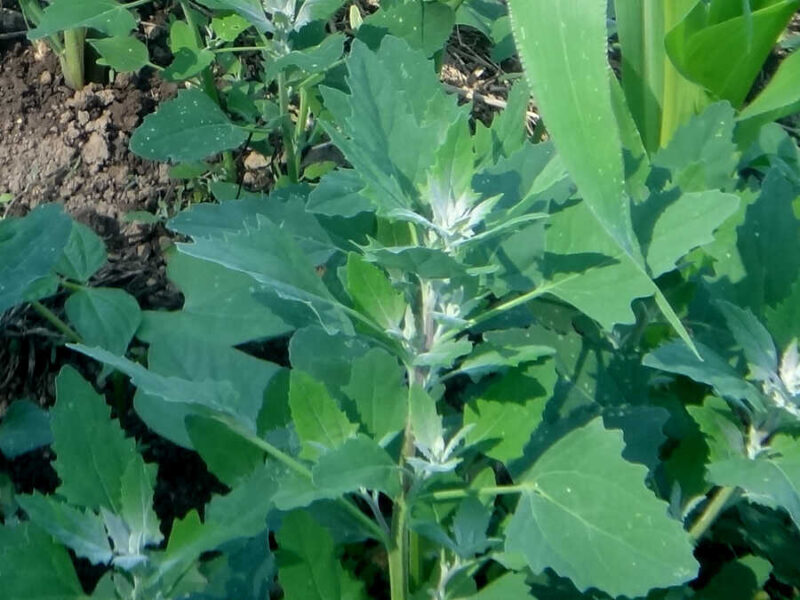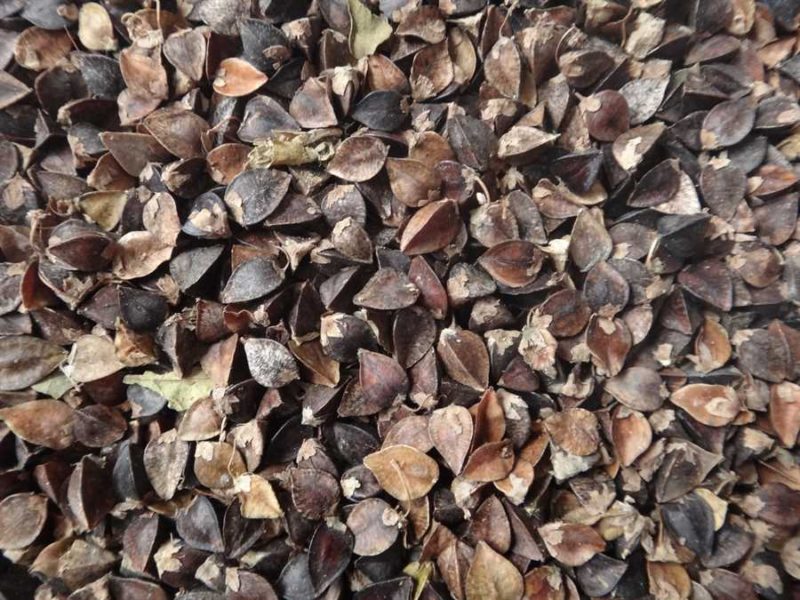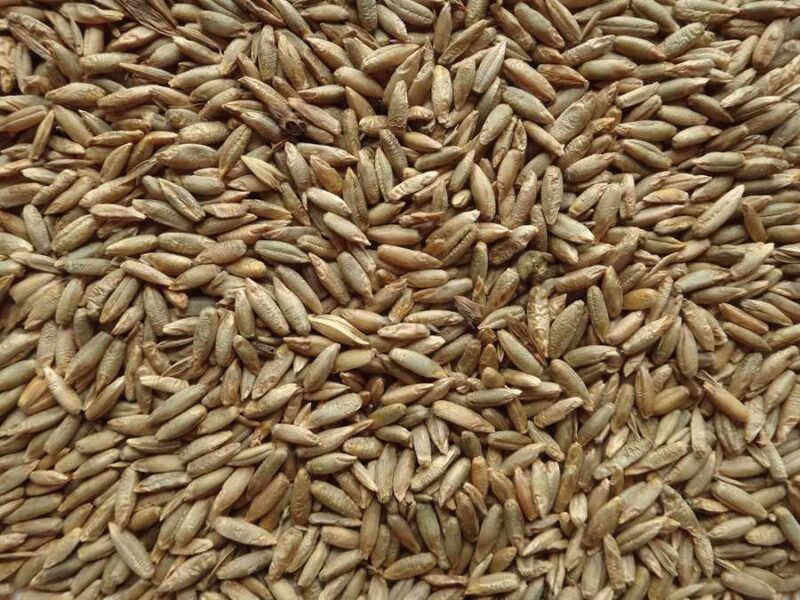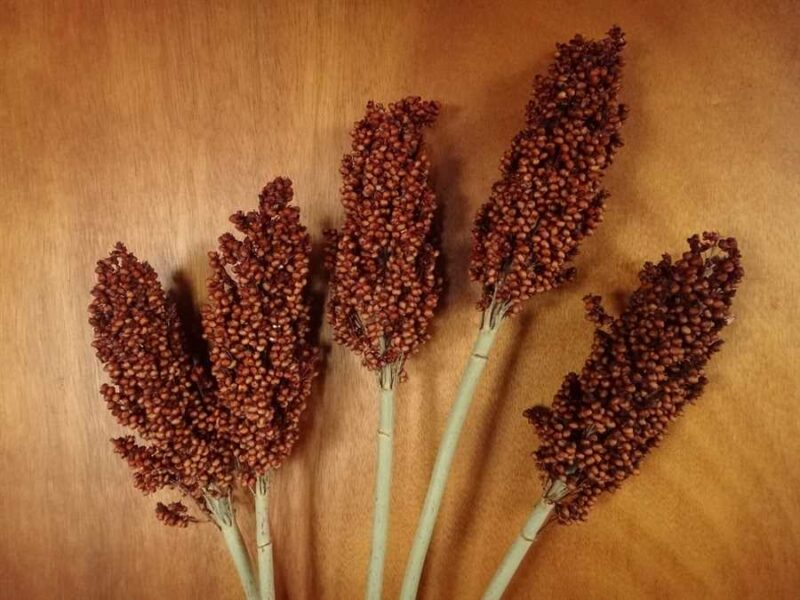Skip to content

-
-
Out of Stock
-
$4.00
- (Chenopodium spp. [mostly C. album]) (Not germination tested*) Many people consider this a weed. It is admittedly self-seeding, prolific, and fast growing. But we love to eat it until we turn green and lambsquarters is an annual which is easy to kill by hoeing, so we look at it as a wonderfully easy-to-grow food rather than a weed! We basically always eat it blanched and drained to leach the anti-nutritional…
- Read more
-
-
-
$4.00
- (Fagopyrum esculentum) We only grow one variety, but it has interesting variations in stem and immature seed colour; some are green and others are red. Like all buckwheats this one is indeterminate; seed matures gradually while the plants continue to flower. 1 tbsp/packet. --- Buckwheat is both a valuable food crop and a cover crop. It grows so fast that it has to be seen to be believed. Technically a…
- Add to cart
-
-
Out of Stock
-
$4.00
- (Secale cereale) Rye is an old grain, long grown in northern areas where it was hard to grow wheat. While wheat has been intensively bred, rye has been largely passed by for two main reasons: where the climate is favourable, wheat can have considerably higher yields, and also rye, because of the type of gluten present in it, tends to make a heavier bread than wheat. This history means that…
- Read more
-
-
Out of Stock
-
$4.00
- (Sorghum bicolor) Sorghum is a unique crop: until they flower, the plants look distinctly like corn. But instead of cobs, they produce a head at the top of the plant which is covered with round seeds. It is easily threshed and does not require hulling before eating. Sorghum is gluten-free, and can be cooked and eaten whole, for porridge, or ground into flour for use in baking. The stems of…
- Read more





